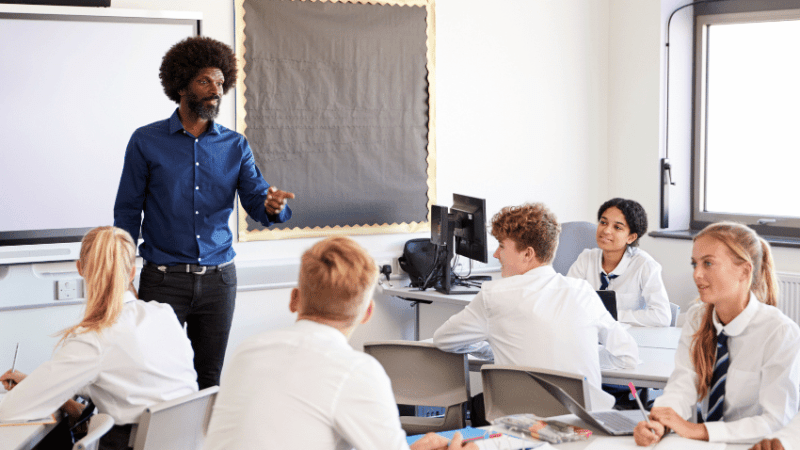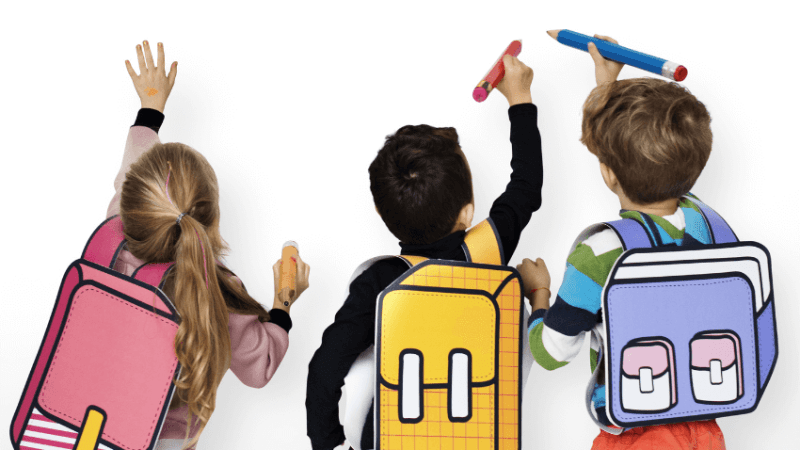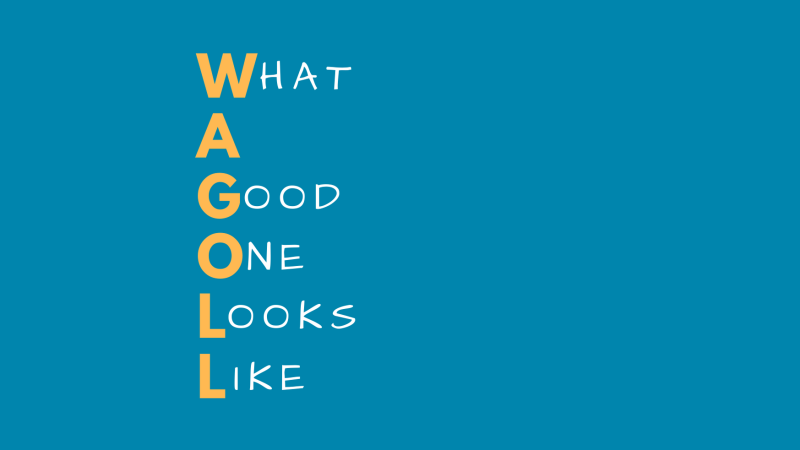“Stop Spoon-Feeding Kids” – How Metacognition Teaches Children to Nourish their own Minds
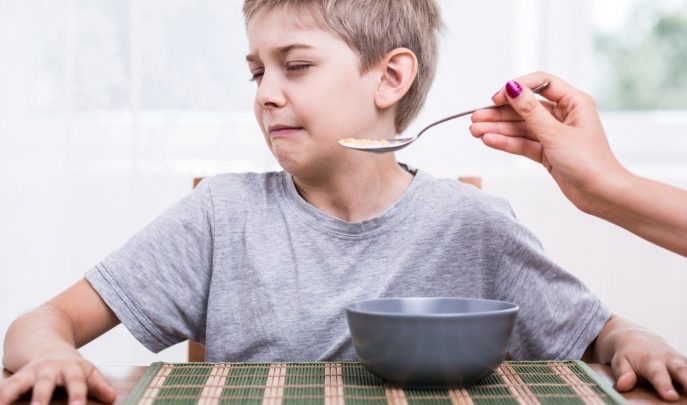
Shoving every mouthful of knowledge down pupils' necks leads to a poor educational diet. An awareness of their own thought process is a much healthier alternative…

- by Beth Budden
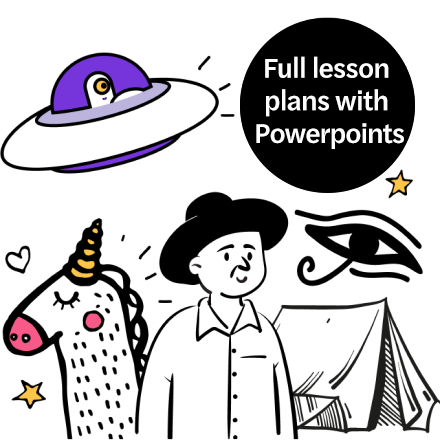
Many of us are very picky about the classroom pedagogies we choose to adopt – particularly with the current renaissance in evidence-based practice.
But metacognition is a hard approach to ignore. Among the sea of options under scrutiny, it frequently emerges as having one of the most significant affects on learning: the Education Endowment Foundation, for example, tells us it can add up to eight months onto pupils᾿ learning, and it᾿s very low-cost to boot.
As many will know, metacognition is a grand way of referring to ‘thinking about thinking’ – or reflecting back on our thought processes. And while this might sound like a whole lot of navel gazing, cultivating a level of introspection among pupils really does help them to become better at learning.
Researchers call this ‘strategic awareness’, the upshot of which is young people who are able to rely on themselves, rather than always going to someone more knowledgeable for help.
Through metacognition, children become conscious of which approaches to learning they choose and whether or not these lead to success. So it᾿s not just a case of adopting strategies such as ‘resilience᾿ or ‘resourcefulness᾿, it᾿s about developing the insight to question whether these provide a way forward, and changing direction if they do not.
As we know, it isn’t what children do when everything is going well that matters; it᾿s how they respond when the going gets tough – and whether or not they even know they᾿re wandering off track.
The pupils who worry me most are the ones who plough on regardless, even when they don᾿t understand (or perhaps care about) what it is they᾿re working on.
That᾿s not to say that teachers shouldn’t introduce learning strategies such as collaboration, resilience or resourcefulness, but learning to learn through metacognition takes this further so that pupils get into the habit of checking their own level of comprehension.
The danger comes when learning strategies are plastered on the classroom wall in September and celebrated as the qualities of ‘excellent learners᾿, but then little more is done.
In these cases, when pupils are asked to say what makes a great learner, they might reply with ‘resilience᾿ or ‘perseverance᾿, but what they should really be saying it, “Well, it all depends…” After all, perseverance isn’t always the best approach – sometimes everyone needs to give up and ask for help.
Step 1 – Becoming self aware
So how do we cultivate this deep sense of strategic awareness in our pupils? A good way to start is to ask the children to remember a time when they learnt something really well. I get them to reflect on what they were doing and thinking at this time and who they were with.
We then draw and label pictures and share our reflections. The key point is for children to reflect on why it was a great moment of learning – it might be they tell you that “I worked with a friend and we talked until I got it” or “My dad showed me, then I tried it and kept practising until I could do it”.
Step 2 – Talking the talk
Next, introduce a language of learning so that pupils have the terminology they need to talk about effective learning practices, or ‘high value learning characteristics’ as Guy Claxton calls them.
There᾿s a whole array of vocabulary to describe learning, and different schools use different words: ‘collaboration᾿, ‘problem solving᾿, ‘perseverance᾿, ‘decision making᾿ – the list goes on. However, I would suggest the whole school uses the same language, and that you keep new terminology to a minimum, for the sake of consistency.
Once this vocabulary is well understood, I then ask the children to go back to their previous reflections on successful learning and see if they can apply their new vocabulary to this. They usually get the hang of this quite quickly, for example: “It was successful because my dad and I collaborated. I paid attention, persevered and practiced.”
Trending
Here children are really tuning into those high-value learning characteristics and this gives them a repertoire of learning strategies that can be transferred to different contexts. It᾿s important that pupils spend time exploring these strategies and their effect, too – don᾿t be afraid to role play and use drama to get a feel for what they look like in action. Some schools have also been very successful with using animals or superheroes as metaphors for any new language introduced.
Step 3 – Do it yourself
Teachers must model metacognition themselves by deliberately thinking aloud, which demonstrates strategic awareness. For example, the next time things don᾿t go to plan you might say, “Er…hang on…that’s not working. What have I done wrong? I’m not focusing. I’ll read the question again.”
Make this part of the daily classroom banter and praise children who support you in this. It creates a metacognitive learning culture.
Step 4 – Analyse what works
Make talking about learning a common theme in your classroom. And don᾿t restrict this to asking pupils for their feedback on a task; ask them about which strategies they used and encourage them to reflect on the successful (and unsuccessful) moments of learning.
Why did one approach work when another did not? The more they do this, the more habitual the process will become – both at school and in later life. That’s the thing about metacognition: you’re developing pupils as reflective people too.
Step 5 – Use learning journals
Give pupils time to review, monitor and plan learning strategies. Some teachers use learning journals or diaries, getting children to reflect on specific lessons. It’s important to do this regularly, but don᾿t let it become regimented or too routine as it can quickly become laborious, rather than reflective.
Have fun with it. Let pupils share their reviews. When things went wrong, what they did to turn this around? What they would do differently next time? What advice would they give to someone in the same position?
Step 6 – Hand over responsibility
It’s worth reminding ourselves that alongside cultivating this reflective culture in class, we must ensure that lessons provide challenge – otherwise they᾿ll be nothing on which to reflect!
The children who whizz through everything need times where they feel as confused as everyone else, so they have the chance to work their way out of the ‘learning pit᾿. Pupils should also be given a choice of activities and freedom in the methods they use. Learning to make decisions, and change these if need be, is essential.
Lastly, make sure the classroom offers children lots of opportunities to be responsible for themselves – not just as learners, but people. While it can seem easier to do things yourself, or ask the TA, allowing children to feel they are trusted to make decisions on anything from paint pots to the reading corner will filter down into their attitudes about learning.
Yes, it gets messy, but everyone will reap the benefits. In the end, the less our pupils have to rely on us, the better the job we᾿re doing.
Beth Budden is a teacher and assessment leader at John Ball Primary in Lewisham, and a Fellow of the Primary Science Teaching Trust, which awarded her Primary Science Teacher of the Year 2014.






